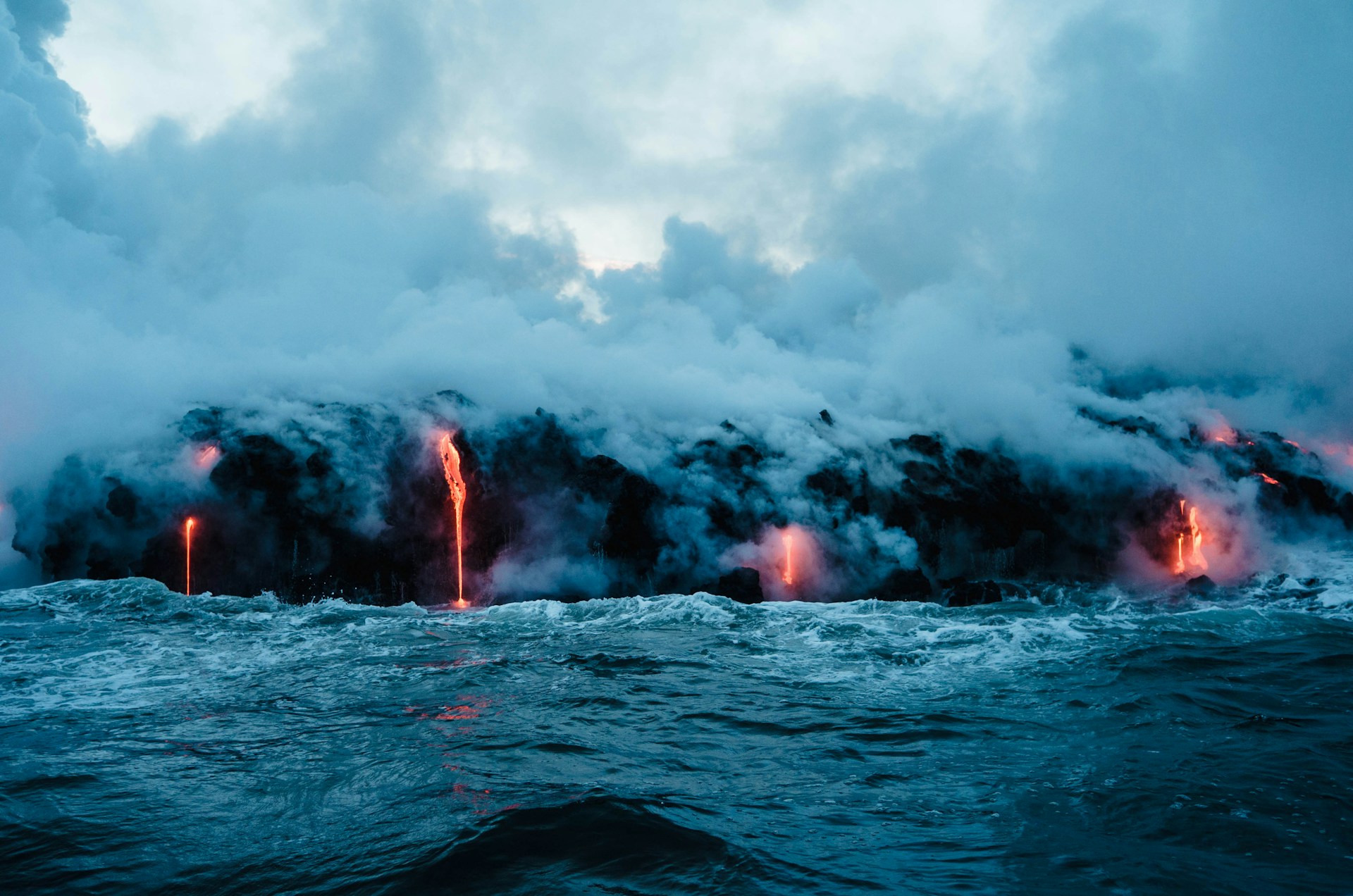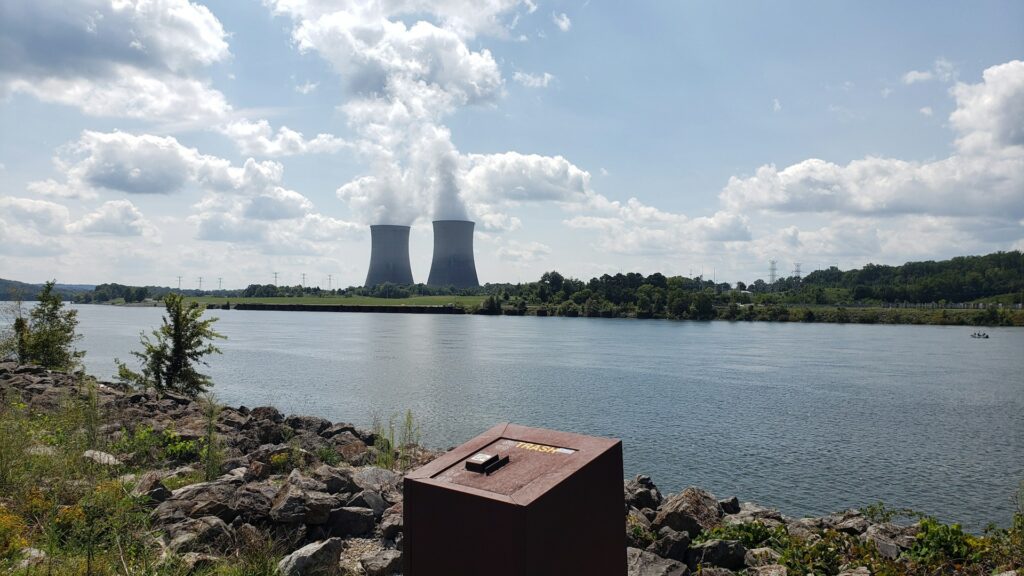New research from Caltech led by Amanda Bednarick has uncovered interesting clues about how chemical conditions that existed in ancient oceans determined the very formation of volcanic rock over 2 billion years ago. Finally, driven by changes in seawater chemistry, this study shows how composition of island arc magmas have been changing through Earth’s geologic and climatic history.
The geological record of oceanic changes deep in the Earth is preserved in island arcs formed by volcanic activity in tectonic subduction zones. According to Bednarick, strontium isotopes found in volcanic rocks from these arcs morph well with changes in ancient seawater composition.
“We understand the connections between seawater strontium and island arc volcanic rocks only in a general way, but the correlations found by carefully assessing the data are undeniable,”
said DePaolo, a co-author of the study and geochemist at UC Berkeley.
Another particularly striking result is the increase of strontium isotope ratios in volcanic rocks during the late Neoproterozoic era, some 600 million years ago when ocean chemistry shifted. These results suggest that chemical signatures present in volcanic rocks may trace larger geologic and climatic changes. Bednarick explained,
“This study highlights how changes at Earth’s surface, particularly in ocean chemistry, are recorded in the deep Earth through the volcanic rocks formed in subduction zones”
This work builds on decades of data and required meticulous analysis of historical records of strontium isotopes in island arc magmas. Claire Bucholz, a co-author and professor at Caltech, praised the painstaking efforts of Bednarick, stating,
“The literature review and compilation that Amanda undertook was time and labor-intensive, but it is only through these efforts that we are able to say something consequential about the geologic past”
In the coming years, Bednarick aims to determine how seawater changed 1 billion years ago by studying ophiolites, small fragments of hydrothermally altered oceanic crust currently embedded in continents. Published in Proceedings of the National Academy of Sciences, this research emphasizes the totality of this connectivity even over billions of years and could offer a way to better reconstruct the Earth’s long term environmental changes.

Hassan graduated with a Master’s degree in Chemical Engineering from the University of Chester (UK). He currently works as a design engineering consultant for one of the largest engineering firms in the world along with being an associate member of the Institute of Chemical Engineers (IChemE).



